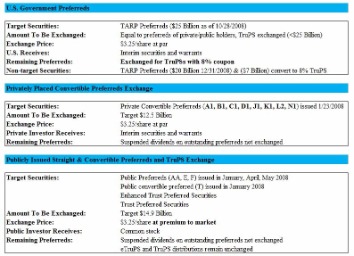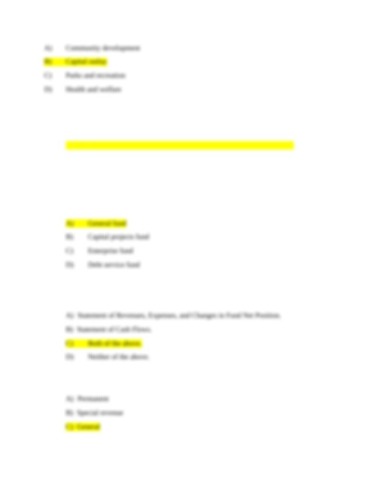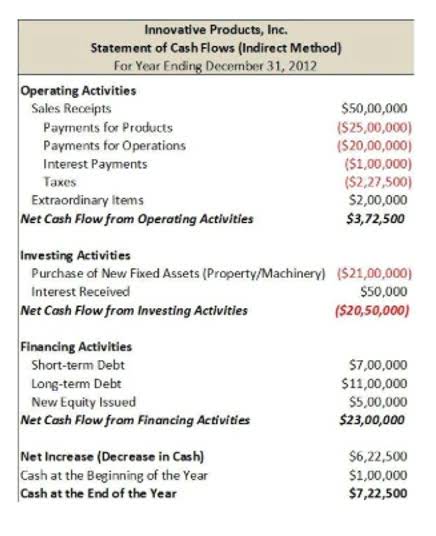
When the economy is strong, companies of all sizes need accounting professionals who can not only help with financial analysis and documentation, but also with the complexities of international business. Being a CPA and having a graduate business degree can give you an advantage when looking for accounting consulting positions in large companies. The benefits of this job include the opportunity to work on diverse and interesting projects, gain new skills and knowledge, build long-term relationships with your clients, as well as a competitive salary and benefits package.
What Is an Estimate of How Much Accountants Make a Year?
Shifting demographics, changes in consumer behavior, a dynamic tax and regulatory environment, technology, and a multitude of other factors are having a profound impact on the future of accounting. Which types of consultants are in biggest demand will likely change from year to year, as the profession continues to evolve to meet consumer needs. Traditionally, the nature of accountancy means that you collect historical information and data and report on it. When working as an accounting consultant, you can take your expertise a step further. Use your consulting skills and thorough understanding of the nature of business problems in a given industry. Use a mix of consultative skills, business knowledge and technical expertise to effectively integrate Salesforce technology.
Accounting Consultant Duties & Responsibilities
Once they understand the client’s requirements, the accounting consultant will conduct an exhaustive financial analysis, examining the company’s revenue, expenses, cash flow, and other key financial metrics. Still, it typically involves analyzing financial statements, developing budgets, providing tax advice, general ledger accounting and assisting with financial decision-making. Individuals in this role are often tasked with managing a team of junior and mid-level account executives. With this in mind, you should have some leadership experience, or express a willingness to participate in management training to refine your skills.
The HubSpot Customer Platform
This technical expertise enables them to automate tasks, bolster efficiency, and generate accurate financial reports. One of the essential duties of an accounting consultant involves performing regular audits to ensure that the business meets financial regulations. An accounting consultant is a seasoned professional who offers expert advice to organizations regarding the management and organization of their financial systems. A financial professional will offer guidance based on the information provided and offer a no-obligation call to better understand your situation.

Accounting Consultant Related Jobs
Accounting consultants provide services such as financial analysis, budgeting, forecasting, and business process reengineering. They use tools like Excel for data analysis and are involved in tasks like bank statement reconciliations, general ledger maintenance, and audit support. If you want to pursue a career as an account consultant, you need to prepare yourself for the competitive and demanding job market. Networking is one of the most effective ways to find opportunities and get referrals, so you should attend events, workshops, webinars, or conferences related to consulting or your target industry. Additionally, research is essential to understand the consulting industry and the requirements of each employer. When applying for account consulting jobs, make sure that your resume and cover letter are tailored and professional.

Do you already work with a financial advisor?
Lastly, when interviewing for account consulting jobs, practice answering behavioral, situational, and technical questions. Showcase your knowledge of the consulting firm and the client’s industry and challenges. Becoming an account consultant requires a lot of skills and dedication; however, if you follow these steps you will be on your way to achieving your career goals and making a positive impact on your clients. If you are interested in a career that combines business strategy, client service, and problem-solving skills, you might want to consider becoming an account consultant.
Let’s examine the definition of accounting consulting and describe exactly what accounting consultants do, how to become an accounting consultant, why you should consider making the switch, and much more. Some financial consultants may charge a flat rate, hourly rate, project fee, or a percentage of your assets under management (AUM). When considering a potential financial consultant, one of the first questions you should ask is how they charge. Financial advisors and consultants can be either humans or robo-advisors (aka automated investment platforms). The best online financial advisors offer low-cost portfolio management, advice, and additional perks for all kinds of investors.
- A manager of finance accounting’s role is to oversee the financial activities in a company or organization.
- Imagine starting your journey with IBM using AI powered auditing to accelerate a top financial firm’s business.
- Accounting consultants must have a strong educational background in accounting or a related field.
- This arrangement can be a cost-effective solution for businesses that require expert financial counsel on a project-by-project basis.
- An accounting consultant is a professional who advises clients on how to run their businesses effectively and efficiently.
Freelance accounting consultants have the greatest control over their workload and can work with fewer clients, if they choose. In addition to looking for previous experience in accounting, firms hiring accounting consultants typically require at least a bachelor’s degree related to accounting or finance. These programs focus on accounting principles, regulations and financial reporting and often involve internships for practical experience.
It’s a sales role, yes — but it goes beyond the traditional rep duties of only selling a product or service. They guide businesses in adopting state-of-the-art software and technology, which can enhance operational efficiency and accuracy in financial matters. Additionally, they guide businesses in preparing for external audits by conducting pre-audit checks and updating financial records as required. This activity includes adherence to tax laws, financial reporting standards, and other relevant legislation.
There’s another practical difference between serving as a traditional accountant and becoming an accounting consultant; namely, it’s how you get paid. Conventionally, accountants bill for time spent, whereas a consultant usually provides up-front pricing for specific consulting engagements, above and beyond the hourly billing for compliance and technical services. To become an accounting consultant, you also need to consider who you want to work with. Do you want to work with your existing accounting clients, or attract new clientele? If you’re selling your consulting services through an accounting firm or management firm, you may not have to look very far for consulting clients.
An accountant consultant’s role varies depending on their area of specialization and their clients’ specific needs. The path to becoming an accountant consultant involves an interplay of formal education, professional certifications, and substantial hands-on experience. Their role is more than just number crunching; they provide meaningful and actionable sole trader bookkeeping insights from financial data that drive essential business decisions. With Practice Forward content, tools and guidance, you can expand into advisory services, improve margins, drive growth, and elevate client service. Read our white paper, How to start an accounting advisory business, to learn more about how to become an accounting consultant.
Risk mitigation is another significant benefit provided by accounting consultants. Accounting consultants help businesses navigate these complex regulatory landscapes, advising on tax preparation, adherence to financial reporting standards, and understanding and complying with relevant business laws. Accounting consultants use specialized knowledge to assist companies in managing financial resources, ensuring legal compliance, and making strategic decisions based on accurate financial information.
Joining professional associations can provide valuable opportunities for networking, mentoring, and ongoing professional development. Providing strategic advice while ensuring compliance with rules and regulations is a delicate balance. Accountant consultants are well-versed in deciphering financial data to assess a company’s financial health. These roles often serve as stepping stones, preparing cogs stands for aspiring accountant consultants for the complex challenges they will later face in consultancy. Business advisory skills are another pivotal aspect of an accountant consultant’s portfolio. Of course, the COVID-19 pandemic may affect the profession to a degree, but over the past decade, accountants and auditors have maintained higher employment rates than many other professional positions.
Using selling and relationship-building skills, this candidate will maintain and expand our customer base. The average salary of an account executive is $68,490 per year in the United States and $20,000 commission per year. That said, the salary range is wide and hinges on a number of factors, including location, industry, and years of experience.






